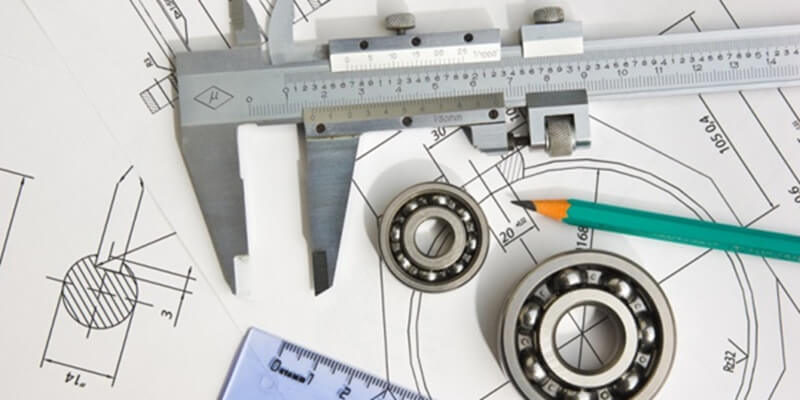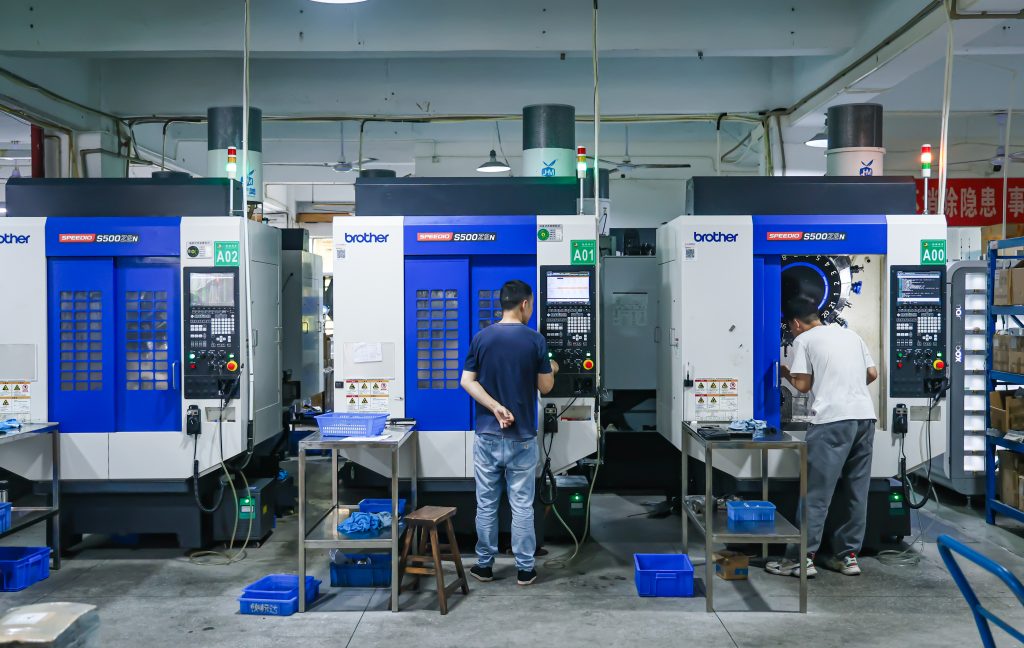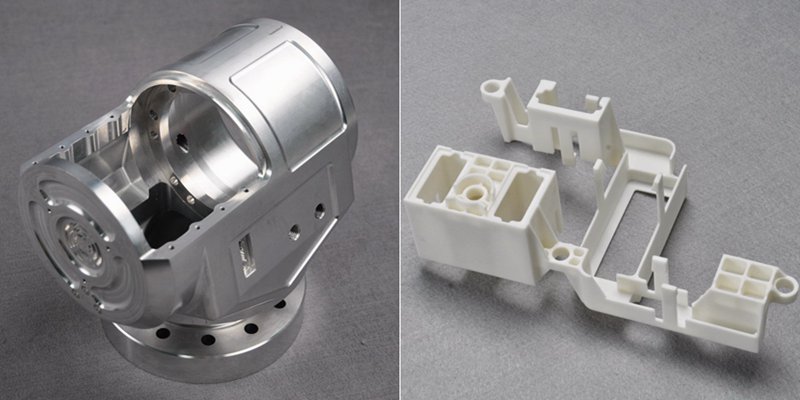¿Cómo mecanizar piezas poliédricas de aluminio diseñando rutas de proceso y utillajes?
Recomendaciones
All You Need To Know Engineering Drawing And Its Elements
Drawing or painting a picture is a great technique to convey one’s thoughts. Within the broad concept of industrial design, engineering drawing or technical drawing is an essential skill for designers working with the production of real objects. Therefore, engineering drawing is arguably one of the fundamentals of engineering design that serves several critical purposes. It is a standard technical drawing carrying essential design information, a mode of communication between different eng...

How To Create A Prototype With Steps: An Expert Guide
A prototype is an early version or physical model of a product idea that manufacturers can test and refine before investing in mass production. It acts as a product template and provides a practical approach to understanding a product’s appearance and function before production. When developing a product, product teams create a product prototype to test the product’s usability, design, and performance, gather user feedback, identify potential issues in the early stages, and identify possib...

¿Cómo evitar la colisión de máquinas en el proceso de mecanizado?
Machine collision has always been an inevitable challenge in prototype and part machining. Operator errors, such as failing to perform tool settings, can lead to crashes. It will result in broken tools, scrapped workpieces, and reordering and reprocessing materials. In addition, without the automatic tool setter, manual tool setting when entering Z-value data error can also cause machine collision. In this article, we will share our summarized experiences to help you avoid this issue. Bef...

Diseño de mecanizado CNC para fabricación: Guía técnica para expertos
Un diseño CNC eficiente es clave para equilibrar funcionalidad, coste y eficiencia de producción. Siguiendo estas directrices, puede evitar los problemas de diseño más comunes, mejorar la capacidad de fabricación y agilizar el proceso de producción. Desde minimizar las paredes finas y las cavidades profundas hasta establecer tolerancias razonables, cada recomendación de esta solución ayuda a simplificar el mecanizado al tiempo que garantiza la calidad. La profundidad de las cavidades y ranuras suele estar limitada por el diámetro de la herramienta de corte...

 ShenZhen Washxing Technology Co.,Ltd
ShenZhen Washxing Technology Co.,Ltd



